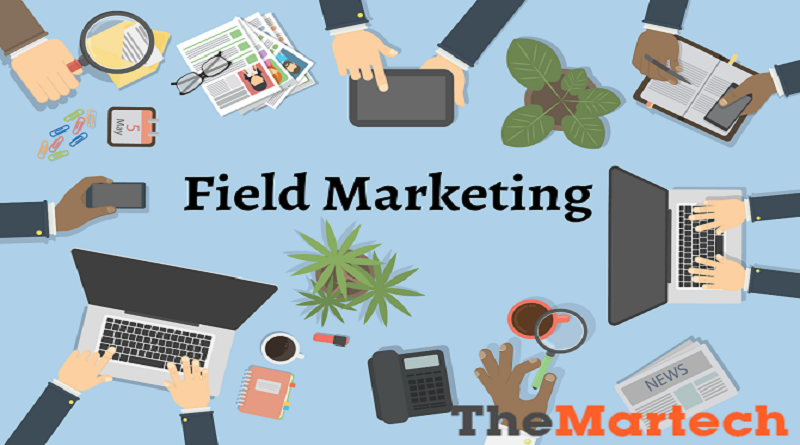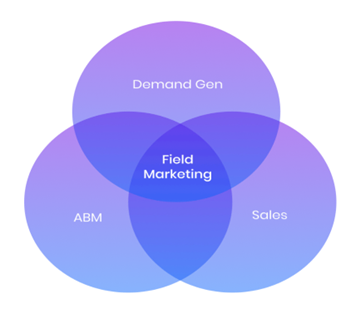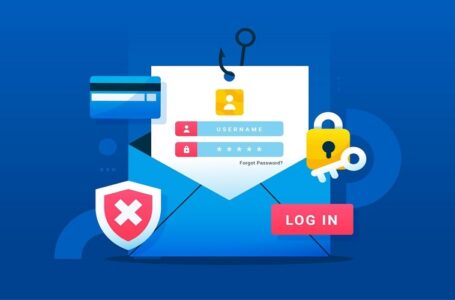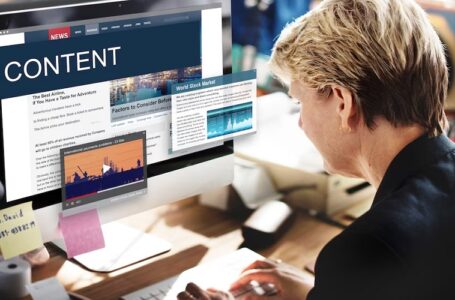Bitdefender Launches New Email Protection Capabilities for Consumers
Field Marketing Strategies for 2022

What is Field Marketing?
Professional marketers that use product demos, promote things, distribute samples, make sales, and collect consumer feedback work in field marketing. This type of marketing job is known as experience marketing or event marketing.
However, this is a B2C perspective.
Field marketers in the B2B industry are focused on both sales and marketing. Their responsibilities include face-to-face and multi-touchpoint interactions with prospects and customers. Field marketers can be found at events such as conferences, trade shows, webinars, seminars, and workshops.
But what is field marketing, exactly? Field marketing, according to the Field Marketing Council, is a measurable face-to-face brand development and customer relationship management carried out by highly trained professionals.
Field Marketing vs. Demand Generation

When you examine the functions of field marketing and demand creation, you will notice that they are very similar. However, the two departments are distinct, yet they work together to achieve the brand’s objectives.
Here’s a breakdown of what demand generation entails
Lead generation
- Demand capture
- Pipeline acceleration
- This is achieved by:
- Setting SMART goals
- Targeting a specific audience
- Developing content for the audience and goals (throughout the marketing funnel)
- Distributing the content to ensure it reaches the intended audience
- Measuring the results of the content marketing campaign
The purpose of demand generation (demand gen) and field marketing is to capture new leads, create demand for a product or service, and aid the sales pipeline. The way they achieve their goals is where they differ.
Demand generation marketers employ online content marketing, whereas field marketers use hands-on, face-to-face marketing. This isn’t to say that field marketers don’t use content; they certainly do.
What is the Role of Field Marketing?
Field marketers collaborate with other marketing and sales departments. The goal is to develop a comprehensive marketing plan that employs both digital and in-person marketing strategies to locate, engage, and convert leads into paying consumers.
Field marketers in the organization are responsible for tasks such as:
- Working with sales, demand gen marketing, and product teams to manage messaging, events, and field campaigns (which should be aligned with the core objectives of the company).
- Developing marketing plans that help the sales pipeline, attract leads, and assist digital marketing teams to reach revenue goals.
- Maintaining brand positioning while in-person, speaking to prospective customers and current clients.
- Maintaining transparency for all marketing activities by inserting results in the CRM and other tools to track total ROI for field marketing, sales, and other marketing initiatives.
- Attend relevant events and tradeshows
- Maintain relationships with vendors and venues
- Have in-depth knowledge of all product lines and services
- Understand customer profiles and the customer journey
- Report weekly/monthly status reports on field marketing activities
- This isn’t an all-inclusive list, but it offers a good idea of what field marketers do.
15 Field Marketing Strategy Suggestions
Field marketing can contribute significantly to your overall brand strategy. But to do so, you’ll need the correct B2B field marketing strategy in place.
Let’s look at 15 field marketing techniques you should put in place in 2022.
1. Host Virtual Events
Virtual events swooped in fast to save the day in 2020. When everyone in field marketing had to pivot to virtual events during the pandemic, virtual engagement methods were one way to continue creating brand exposure and relationships.
2. Sending Samples by Mail
If you’re releasing a new product, why not send a sample to participants just in time for your virtual event using a Sending Platform? You can use this to demonstrate your new product in the same way that you would at a live conference. If your product is digital, provide a free trial period.
3. Make Use of User-Generated Content (UGC)
Social proof is still a driving component in consumer purchasing patterns. This applies to both B2B and B2C markets. You may capitalize on this trend by inviting customers to share their experiences with your brand on social media. Testimonials are an effective technique for increasing your consumer base.
4. Offer One-on-One Chat rooms to Guests
Conferences rely heavily on networking; how can this be replicated digitally? One possibility is to provide one-on-one chat rooms where guests can get to know one another. You can also arrange for guests to meet with speakers and exhibitors one-on-one to learn more about their products or service.
5. Engage with Fans Using Live Video
Because online video is a popular medium, why not use it for field marketing? You can use live videos to display items, answer user inquiries, or interview industry experts.
6. Send Gifts to Prospects and Customers
You met with a possibility that appears to be promising. You now need to find a means to persuade them to act. Sending a branded gift is one way to accomplish this. Your emblem serves as a reminder of your company, and the present is a gesture of kindness that they will feel obligated to reciprocate. Corporate giving can also be used to re-engage current consumers who may be in the market for a product or service.
7. Create an Online Community
Conversations have become an important aspect of marketing plans. It is critical to creating an online environment where like-minded people may connect and discuss ideas. This allows you to join the conversation as well as attract possible leads. You may establish yourself as a thought leader whom people seek counsel based on the knowledge you provide.
8. Use Micro-Influencers to Promote Products
Right now, social media is a vital tool, especially with more people at home accessing their social media profiles. You can tap into micro-following influencers and perhaps increase leads and sales for your product or service by working with them.
9. Send Surveys Directly to Smartphones
You can use surveys to obtain feedback from attendees if you’re presenting an online event. This eliminates the requirement for a field interviewer, which is typically required at local conferences. You can also send promotional materials, such as pamphlets and leaflets, through your smartphone.
10. Be Available to Answer Questions on Social
The pandemic has kept us physically apart, but it has brought us closer digitally. You may take advantage of this by making yourself available to answer queries on social media.
11. Join a Social Cause
Although the pandemic has separated everyone, it has not prevented people from being human. More people are volunteering for nonprofit causes than ever before. You can do the same to bring positive attention to both the charity and your company. Share your engagement on social media and encourage your followers to join in. You can do things like donating a portion of profits to a good charity to encourage others to buy.
12. Be Engaging
Learn how to interact with others. Have fun and be inventive. Gamification is quite effective. “Our number one goal was to get people to stop at our booth rather than someone else’s,” Mantach explains. “At times, we play Plinko at our booth.” It’s a fantastic method to make it enjoyable.”
13. Leverage Partners
At events, co-market with your partners. You and a partner, for example, could sponsor a happy hour event. It’s a win-win situation if you invite your customers and your partner invites theirs.
You might also play off each other’s booth games to encourage visitors to “go to our partner’s booth.” Consider a partner booth as an extension of your own, with the added benefit of increased traffic for both of you.
Other possibilities include sponsoring breakfasts, organizing dinners, and collaborating on social media initiatives.
14. Personalization
Getting registrations, attendance, and even booth visits is one thing. It’s another thing entirely to excite and engage your prospects and consumers. This is where customization comes into play. How do you keep your event attendees engaged while they’re there?
This is where mass customized giving may help. Send out a themed present that you know everyone will like and find useful–not a cheap marketing throwaway item–if it’s a big event.
Leave it to your sales team to come up with unique gifts for an intimate event or a small roundtable of 5-10 people. This is where the relationship-building process begins. And with a platform like Sendoso, you can do it all with a single click–even handwritten notes and creative joke messages.
15. Use Quality Promotional Items
The majority of field marketing teams are small. It can be a nightmare to keep track of promotional products like tradeshow giveaways, targeted account gifts, and booth awards. There’s always the finding of company swag and dealing with a slew of vendors, which may eat up a lot of time.
“I normally stored stuff in a marketing swag closet, at my house, in my purse,” Mantach adds, “before joining and using Sendoso as a customer.” Sendoso handles all of the swag procurement for you. Everything has already been vetted and quality checked. They collaborate with tens of thousands of vendors, have no order minimums, and can store your corporate swag ‘in the cloud’ at one of their warehouses.”
Another benefit of a solid sending platform is swag management in the cloud. Simply click within the site to have your promotional products shipped to your event, prospects, or clients when you’re ready. You won’t have to store tradeshow giveaways in your home anymore.




